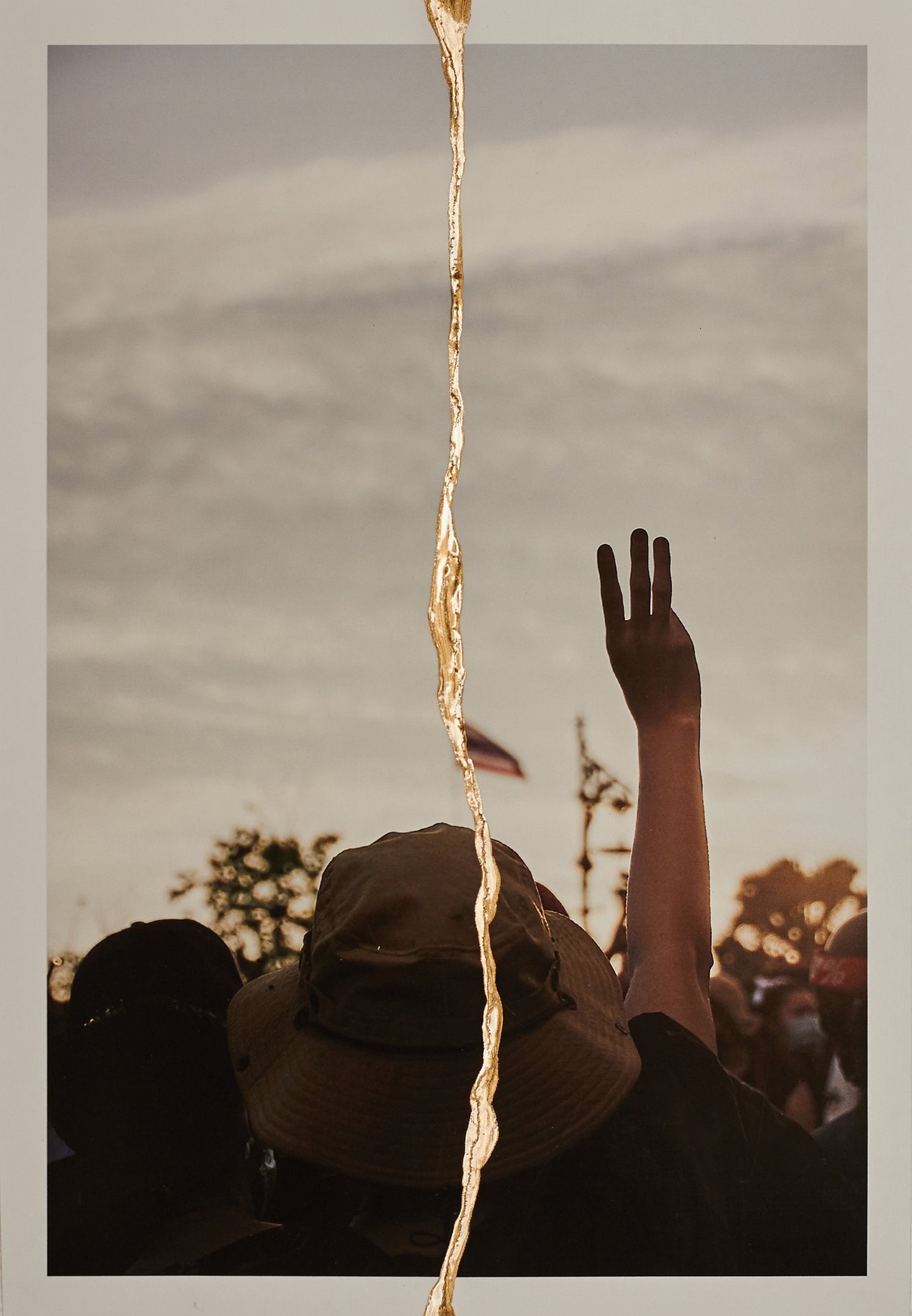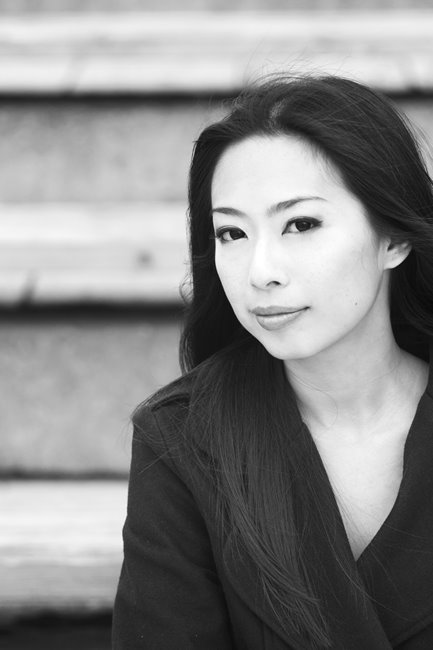A protester makes a three-finger salute - popularized by the Hunger Games films - in Bangkok, Thailand.
In the films, the salute is a sign of resistance against the authoritarian regime, which drew comparisons with Thailand’s military government. Authorities canceled screenings of the films and arrested people performing the salute. Students in many schools all over the country express their political opinions by performing this salute during the national anthem, which is played by televisions, radios, and loudspeakers across the country daily at 08:00 and 18:00.
The project juxtaposes archival images of the 6 October 1976 massacre of students at Bangkok’s Thammasat University with photographs the photographer took during the 2020-2022 Thai pro-democracy protests, in order to understand the root causes of the present-day protests.
The 6 October massacre occurred when Thai police and right-wing paramilitaries opened fire on students protesting the return of former military dictator Thanom Kittikachorn to the country. Today’s student protestors are similarly opposed to the current military dictatorship and are also calling for reform of the Thai monarchy.
Rachurutchata employs the Japanese method of kintsugi by tearing photographs, then mending them with lacquer and powdered gold. Rachurutchata uses kintsugi to symbolize the transformation of trauma into hope and the possibility of a better future.

